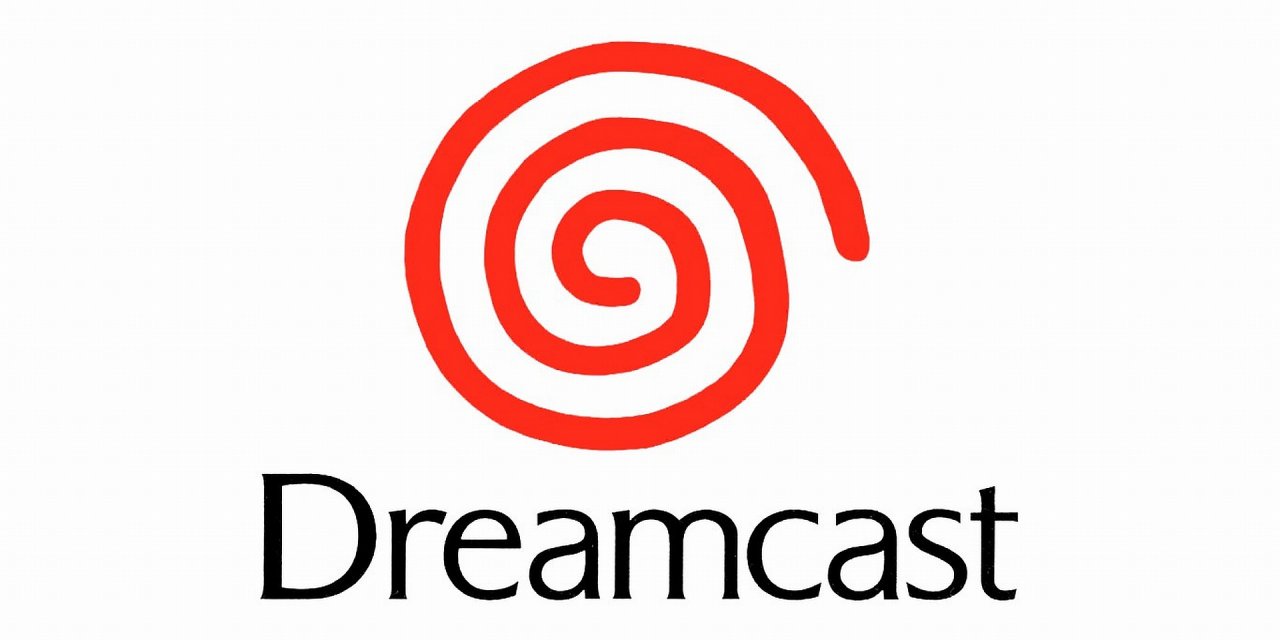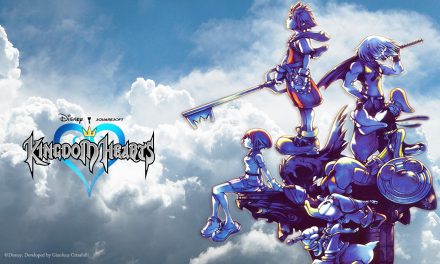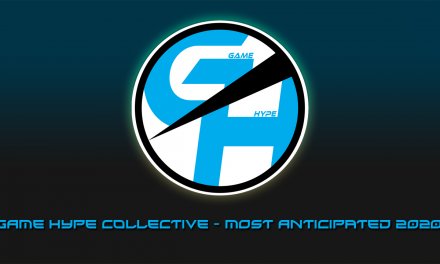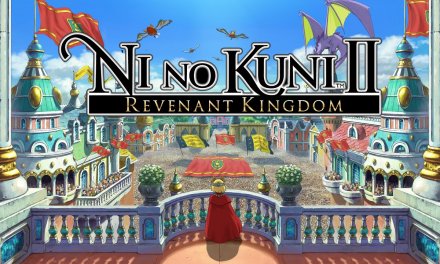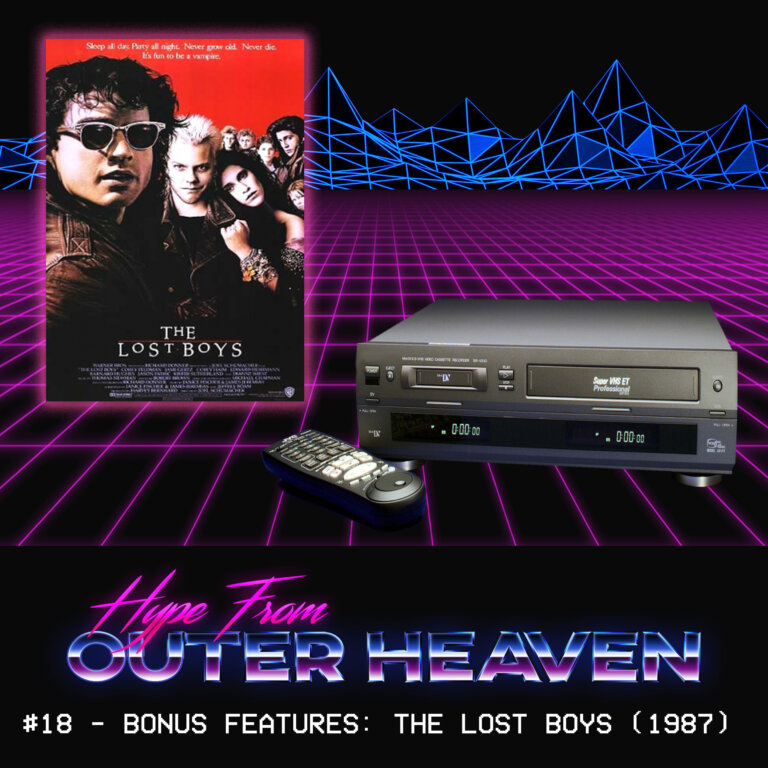The gaming world can at times be one of the most unstable markets to predict. What seems revolutionary at the time might not take off for a few years, and what may seem like the next big thing, might end up falling flat on its face. In Retrograde I’m going to look into the many past attempts of gaming innovation that tried to make its mark in the gaming world. Successes, failures, the niche, the hyped, and the releases that were dead by the time they reached the market.
Gaming got to where it is today because of these attempts, lets see how.
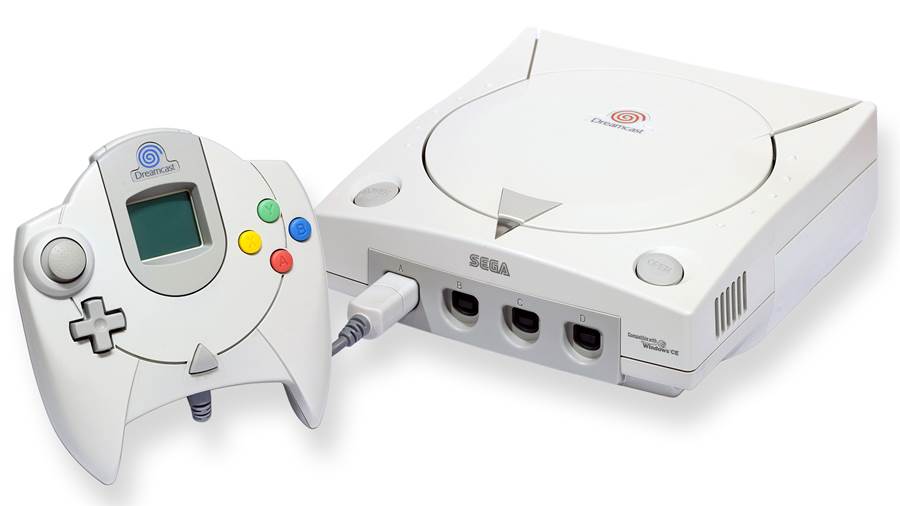
The Dreamcast was released in 1998 by SEGA but would sadly be the last console released as it failed to catch the attention of the gaming world. SEGA abandoned the hardware business turning into a games developer / publisher, licensing out their icons to other developers leaving the consoles wars to Nintendo, Sony and the newcomer into the console wars at the time, Microsoft.
The Dreamcast is considered by some to be a console that was a pioneer in the gaming world and was too much technology in a world that just jumped to 3D and wanted to see how far graphics could be pushed. The Dreamcast had a large array of extra features, some were generic such as the light gun and rumble pack, but also had support for more obscure things such as microphone, keyboard and mouse. There was even a fishing rod controller for the Big Bass fishing game. The Microphone allowed for voice chat in certain online browsers but was also used games like Seaman, a game where you raised a strange fish who would ask you questions. Keyboard and mouse were nothing new, but was mainly used for basic games such as Mario Paint. The Dreamcast implemented the keyboard and mouse support into games such a Quake III, which could also be played online. Probably the most well-known was the Dreamcasts ‘visual memory unit’ which could be slotted into the controller port giving the player a second screen on the controller. While only having a basic monochrome LCD screen, it could display information such as ammo, health or even a basic mini map. What’s more mini games could be downloaded onto the device and taken out and about like a small game boy. The games were nothing amazing, but it was something that added more to the gameplay, very similar to companion apps on phones today. The device could also copy game data to other VMUs without the need of a Dreamcast as they could be plugged directly into each other.
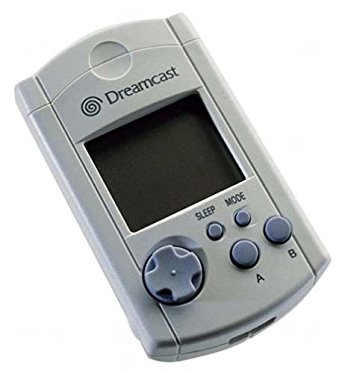
VMUs were like mini gameboys, with games I could just upload from my Dreamcast
it’s most innovative feature however was the built in modem, that allowed for web browsing, online play, web chat and calling. This was at a time when online play was purely a PC gamers thing, with the very few attempts beforehand being region specific or just for simple email and online gambling services. All Dreamcasts were fitted with a 56K modem via an ADSL connection which allowed connection to the ‘DreamArena’ (SegaNet in USA / Japan), an online service which let users browse the web, voice call, play online games, and even download game data which would change certain aspects of the game, such as level themes. This wasn’t a mass overhaul for the game or comparable to DLC packs we have today, but it was impressive for the time.
I think was about 11 years old when I got my Dreamcast and every day I would boast about how amazing it was to my friends with other consoles. I was so in awe at this new console and I have fond memories of games like Power Stone, Chu Chu Rocket, Trickstyle and of course Sonic Adventure. It was an early period of my gaming life where I was aware of what I liked and could brag about a console for, instead of just playing my friends and liked it because it had cool games. I was the only person I knew with a Dreamcast so I couldn’t really talk to many people about it, especially as the competition rose from other companies, but I didn’t care. It was my Dreamcast and I’d always defend it and think no matter what, it had features that no other console had and I was sure it would stand triumphant in the end.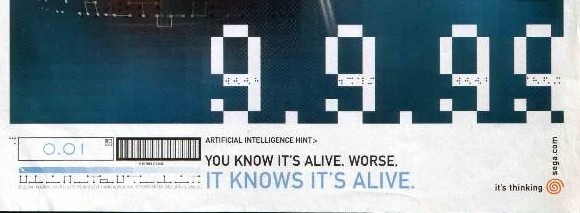
“9.9.99 for $199”
Back in 1998 Sega were sure this console was going to be a hit due to its list of features, and amount of solid games such as Sonic Adventure and Soul Calibur, and it was a relatively promising start for the Dreamcast. It was in a class of its own providing features that no other console could even compare to with graphical power that had not been seen on a home console before. But less than 2 years later sales started to stagnate, and Sega were in trouble. Sales were falling and they continued post losses at the end of the fiscal years following the Dreamcast release. They just couldn’t make the sales and on January 31st 2001, it was decided they would drop out of the hardware business and the last consoles left the factory on March 31st of the same year. Within 3 years Sega had gone from showing us the future of video gaming with a fresh innovative console, to dropping out of the hardware market entirely. With such a promising start, what happened?
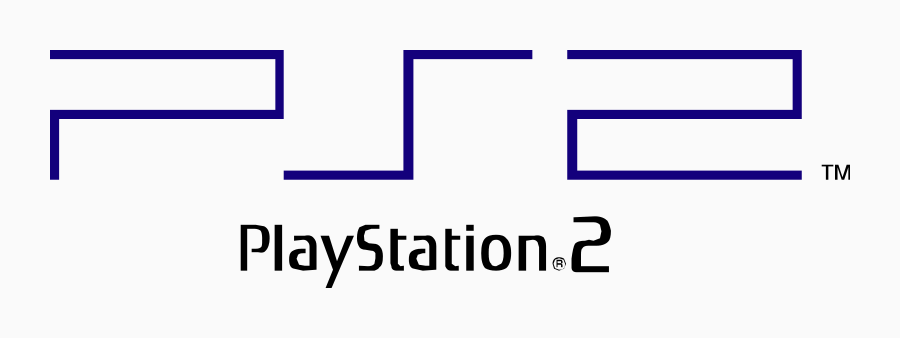
The Return of the King
The Playstation 2. Now while it’s standard practice for new hardware to outdo others in the tech world, the PS2 release loomed as a behemoth to the Dreamcast. The PS2 had tremendous power at the time and while it lacked the features the Dreamcast had (although netplay did some later) it had features that were much more appealing to the market, mainly its ability to play DVDs and backwards compatibility with the already immensely popular back catalogue of original Playstation games. This wasn’t going to be a fair fight no matter what way you looked at it. The original Playstation performed so well upon its release beating the Sega Saturn to the point that people forget the Saturn was an actual contender in the first place. But it’s not all about hardware right? These are consoles, and what matters are the games… which comes to my next point. Although the Dreamcast did have a strong library of games, and many of them I truly did enjoy, none of the games had the holding power that the PS2 had.
Sega were an arcade company at heart, it’s where they began and it’s where they continued to thrive even when the console market started failing for them, for that reason many of the games released for the console were very ‘arcade like’. Take Crazy Taxi for example, most people you would ask, even people who never owned a Dreamcast will have played it and say how much fun it is. But if you actually got them to play it again they’d be bored within 10 minutes.Many Dreamcast games were of the arcade style, where players quickly play through rounds, such as Crazy Taxi, Virtua Fighter, Soul Calibur, and Sega Rally. It was a huge hit. While there were some notable Dreamcast games like Skies of Arcadia and Shenmue, they did not compare to the PS2’s offerings.
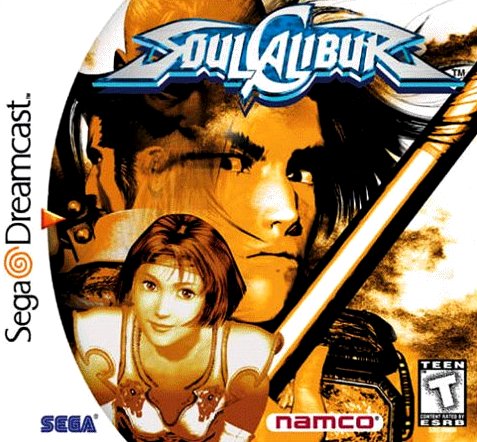
Soul Calibur still remains one of the highest ranking games of all time
The Playstation 2 went on to become the best-selling console of all time with 155million+ sales in its 13 years on the market with games being released as late as 2014. While I feel the PS2 is the sole reason for the Dreamcast’s demise, other reasons such as Segas poor management, lack of commitment from company heads, lack of support from publishers such as EA and Square, and Segas poor track record of consoles in the years preceding the Dreamcast are usually cited. Sega still continue to this day and generally perform quite well due to mobile games, online games and digital game sales to name a few. But I know I’m not alone when I saw I wait for the day for Sega to get back into the hardware market. Will it happen? Extremely unlikely, and probably a massive mistake for Sega to risk it all just to relive its heyday, but we can all dream.
My Dreamcast still sits on under my TV as one of the three consoles that are always plugged in, the other 2 being my Mega Drive and my PS4. The legacy of the Dreamcast often gets cited as being way too ahead of its time with features that the console world just wasn’t ready for. The Xbox was released soon after with its Xbox live service, but it wasn’t until the launch of the Xbox 360 and PS3 that online play would become a staple of home consoles. The controllers VMU screen was the first of its kind, and while I don’t think directly influenced ideas such as the Wii U or the second screen utility for the PS4, I feel it played a part for companies to look outside the box on how to make games more fun. It holds a special place in many gamers hearts, as it stands for what was lost in console development in the years that followed. It was innovative and trying new things, while graphics were important they looked for new ideas and new ways to play. It wasn’t until 2006 that Nintendo showed us the Wii and made us all very confused, but Segas old rival were now carrying the torch of innovation, and that torch made one small underpowered box with a tv remote for a controller outsell both its power house rivals.
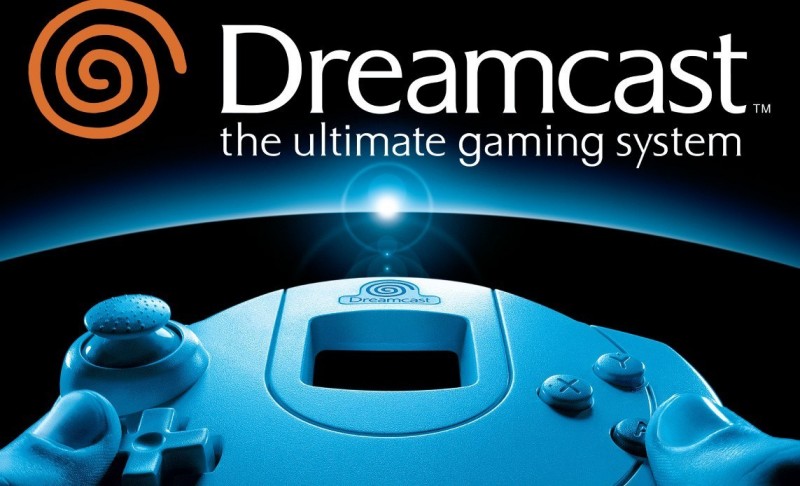
The Dreamcast is long gone, but I have no doubt it influenced developers to start looking for new ways to play, something that has become huge with peripherals such as the Kinnect, VR headsets, touch controls, motion controls and companion apps. I won’t say it started it all, but the Dreamcast definitely thought outside the box, which we can see in all areas of the gaming world today.

